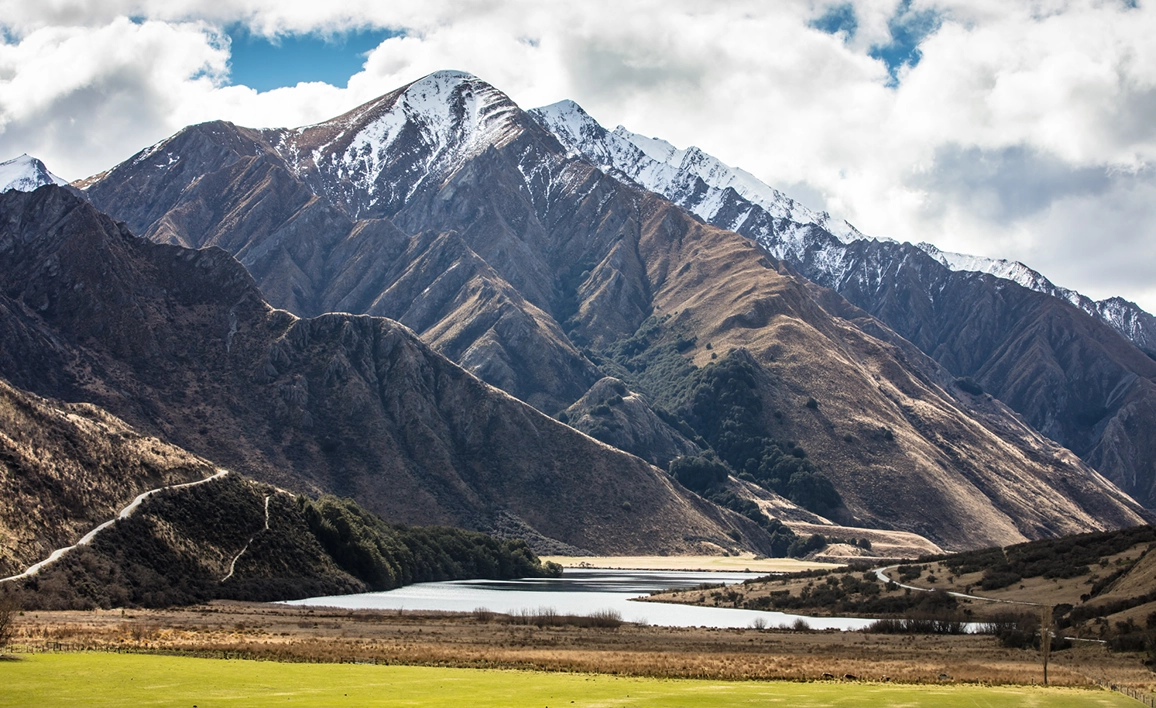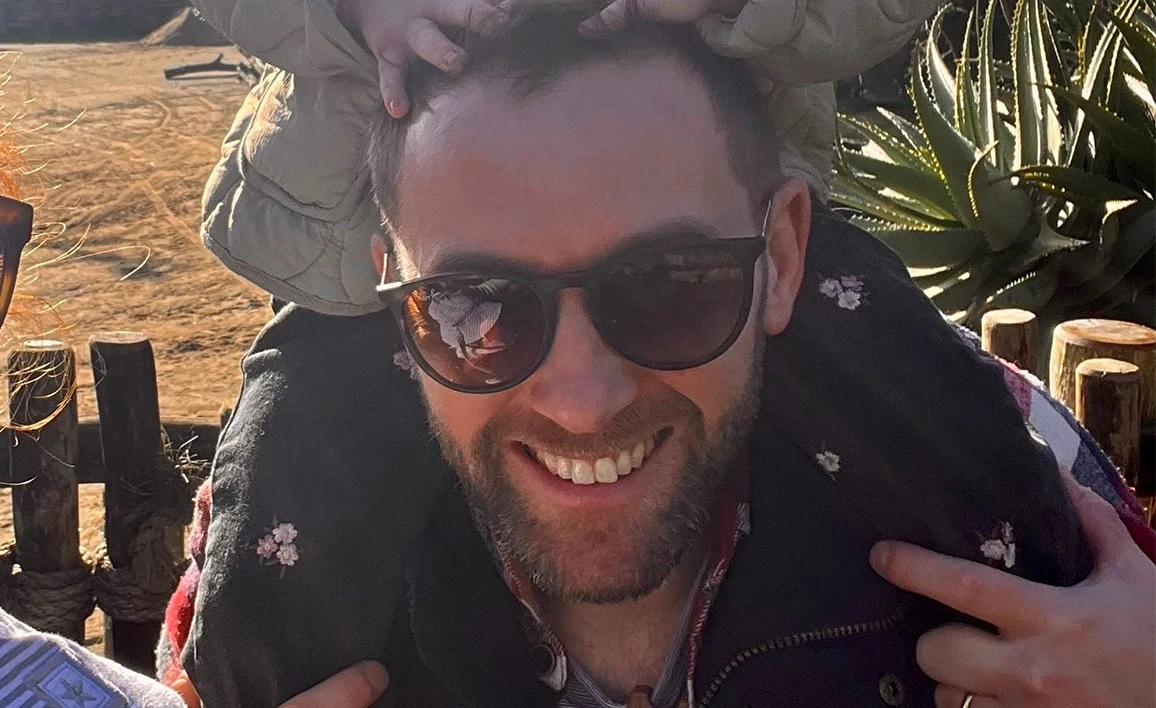What made you choose New Zealand as a place to move to?
I previously worked in Auckland as an anaesthetic registrar during a break following my core anaesthetic training in the UK. It was during this time that I met my wife, who is originally from Auckland. We later returned to the UK to complete my specialist training, after which I was appointed as a consultant.
Returning to New Zealand had always been part of our plan — with family here and a strong sense that Auckland would be a wonderful place for our children to grow up. Professionally, I was drawn to the opportunity to work in a busy tertiary centre offering the subspecialty work I enjoy, while personally, we were excited to reconnect with family and friends.
Having grown up by the sea, I’ve never strayed far from the coast. The ability to look out over the Hauraki Gulf from work was a surprisingly meaningful part of the decision to return
How did you find the SIMG process and the organisation of your performance assessment?
At first glance, the paperwork for the SIMG process and performance assessment looked daunting. However, I was fortunate to have an excellent SIMG coordinator who guided me clearly through each step. I ran much of my SIMG process in parallel with my MCNZ vocational registration application, which helped streamline the overall journey. My MCNZ interview was conducted via Zoom, and I was able to use it as part of my SIMG assessment — the two aligned well in terms of requirements and structure.
The performance assessment involved a large volume of email attachments and documentation, but again, my coordinator was invaluable in helping me collate the necessary evidence and organise the logistics of the day.
Once I began actively preparing for the performance assessment, things progressed quickly. I found it incredibly helpful to keep a record of interesting cases over the six months beforehand — having these ready to print out the day before made things much easier. I also made good use of departmental resources and liaised with roster coordinators to ensure I had a suitable operating list arranged in advance.
What advice would you give to those on the SIMG Pathway to Fellowship?
One of my top pieces of advice would be to involve someone from theatres early on to help coordinate the support staff. I initially tried to organise this myself, but when I asked the clinical director for a timeslot, his PA immediately took over and quickly arranged the techs and PACU nurses — saving me a great deal of time and stress. Having someone available on the day to help manage logistics while I was in theatre with the assessor was invaluable.
Overall, while the process requires careful organisation, it was very manageable. Staying on top of the paperwork and planning early — especially when it comes to organising interviewees and logistics — makes all the difference in ensuring a smooth and successful assessment.
What key differences do you see between anaesthesia where you trained and worked and anaesthesia in NZ?
Although I primarily trained in the UK, I had the opportunity to work within the New Zealand system as a trainee before returning as a senior medical officer (SMO). The anaesthetic training pathways are broadly similar between the two countries, though there are differences — notably in the structure of exams and certain requirements such as volume of practice.
My current role as an SMO in Auckland aligns closely with my previous consultant position in Bristol. The supervision of trainees and the on-call structure are very familiar. One significant difference, however, is the scheduling model. In New Zealand, I work on a four-week template, in contrast to the weekly template typical in the UK. This longer cycle brings greater variety to my work while still maintaining some regular templated lists, which strikes a balance between consistency and diversity — something I particularly enjoy.
Another major difference lies in the patient population. Auckland is an incredibly multicultural city, and I engage with people from a wide range of cultural backgrounds every day, both among colleagues and patients. It has been both humbling and enriching to work in a department that is committed to recognising and respecting Te Tiriti o Waitangi. This experience has been a significant personal learning journey and has deepened my understanding of the cultural dimensions of healthcare in Aotearoa New Zealand.


